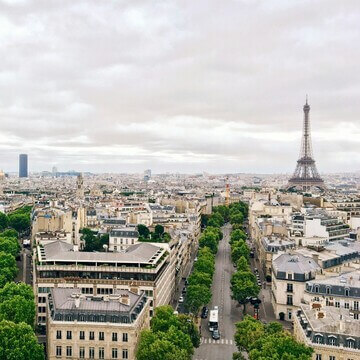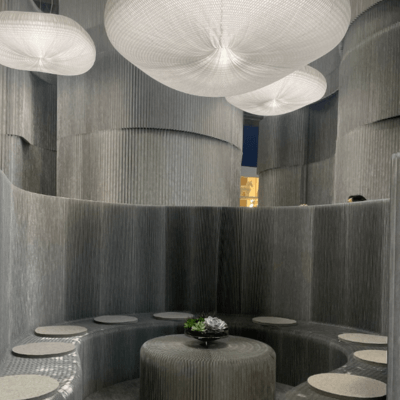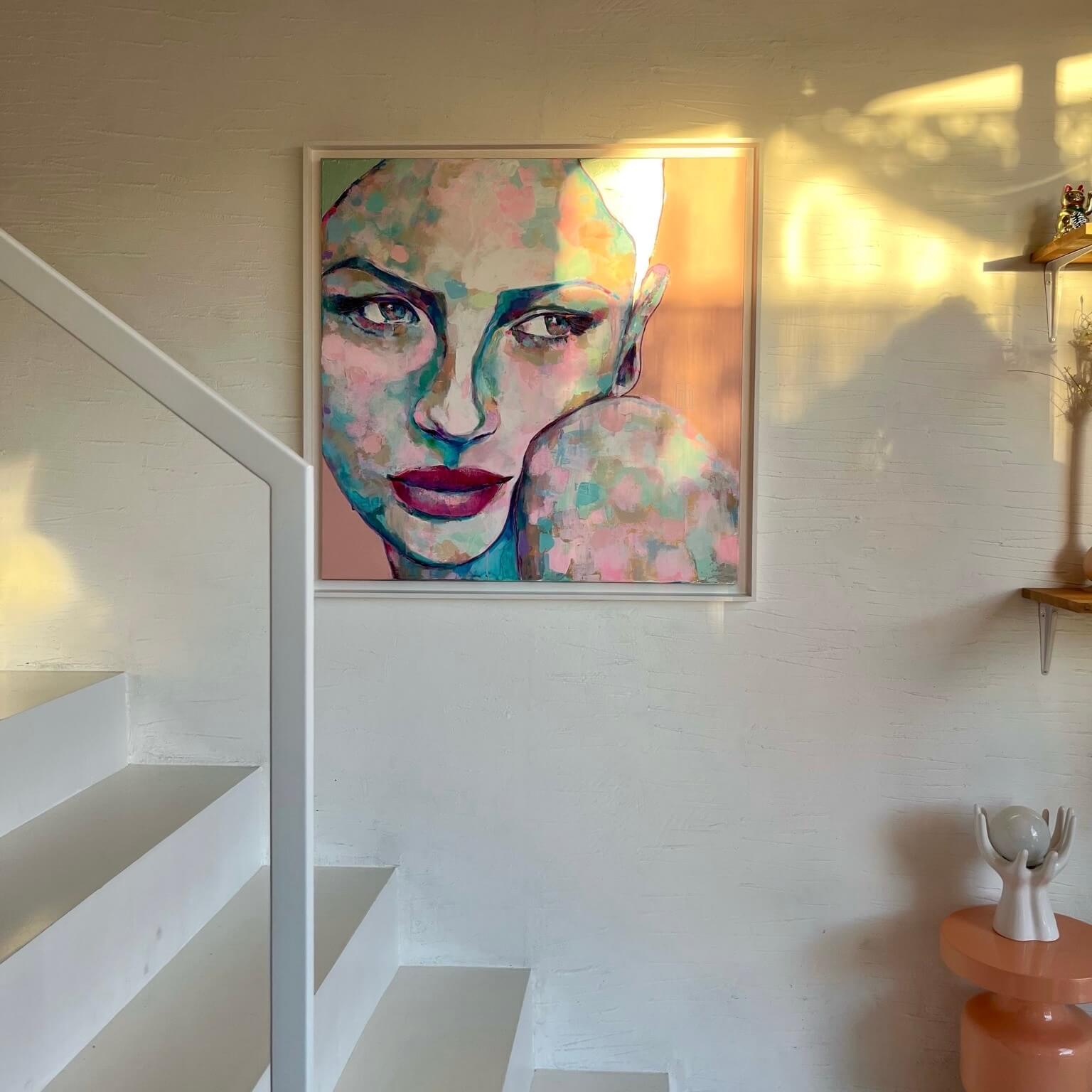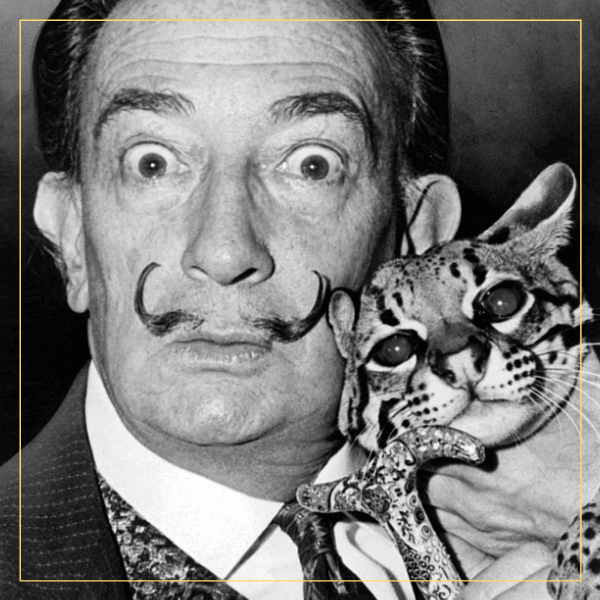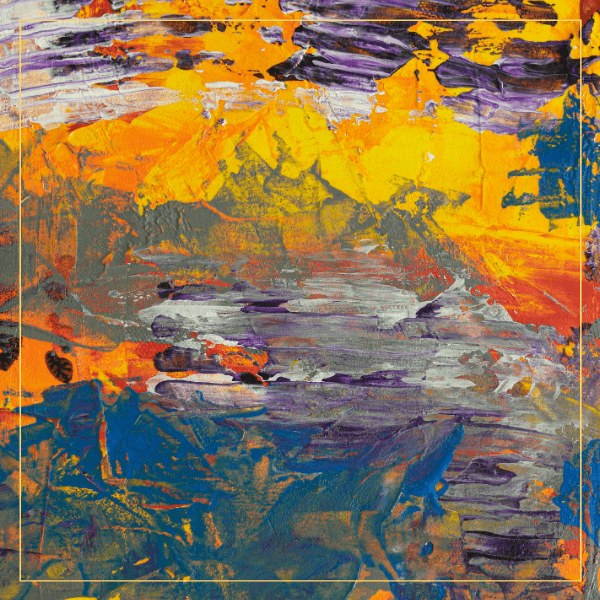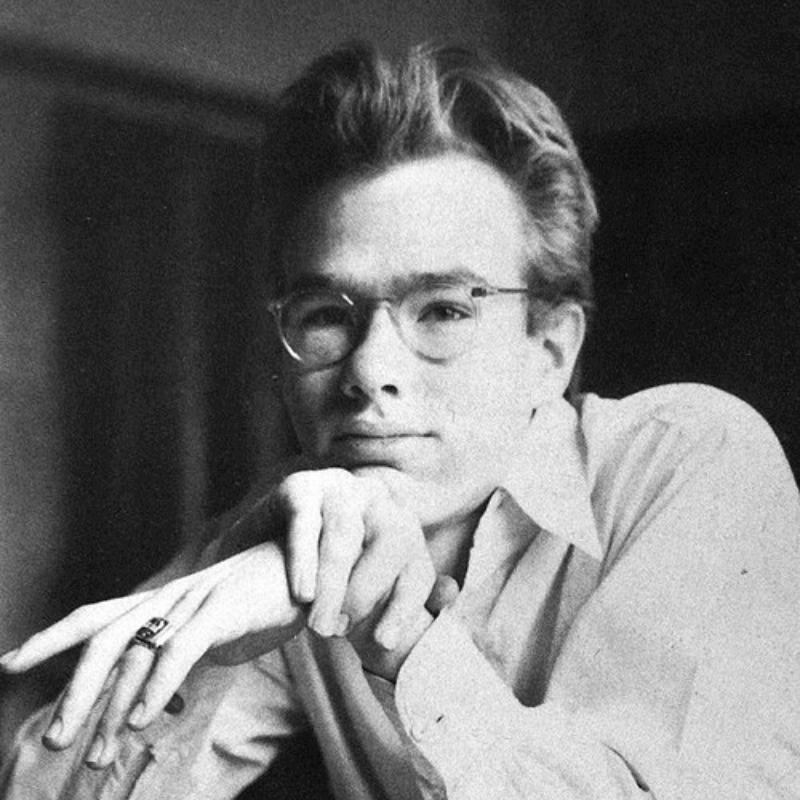The origins and evolution of nudity in art
Since time immemorial, people have always fallen for the charms of the human body.
From Botticelli’s Venus to Modigliani’s Red Nude, artists have consistently found in nudity a powerful source of inspiration to express beauty, sensuality and danger.
.
From Botticelli’s Venus to Modigliani’s Red Nude, artists have consistently found in nudity a powerful source of inspiration to express beauty, sensuality and danger.
.
When and how did nude art emerge ?
The beginnings of nude art are traditionally dated back to 30,000 - 25,000 BCE. This range coincides with the discovery of The Venus of Willendorf, a small statuette carved from an oolitic limestone and tinted with red ochre, representing a corpulent female body. Although the exact meaning and role of this sculpture remains a mystery, the Venus is said to embody a mother goddess or a fertility figure.
However, the true birth and emergence of an artistic nude identity is often credited to Greek civilisations. Greek art can indeed be defined as a philosophical and artistic exploration of the beauty of human self. With artists purposely representing perfectly proportioned athletic unclothed men, the use of nudity in Greek art aimed both at memorialising the beauty of humain features and at portraying the perfection of heroes and gods.
The following centuries, nudity in art has been progressively limited to religious artwork. In Western civilisations, paintings of Last Judgment scenes started proliferating among the artistic community. In early Christian art, such paintings often depicted the risen Christ as the judge of saved and damned souls, and nude art was consequently referred to as a symbol of shame and sin. Eventually, nudity was reintroduced in artistic works at the beginning of the 13th century.
However, the true birth and emergence of an artistic nude identity is often credited to Greek civilisations. Greek art can indeed be defined as a philosophical and artistic exploration of the beauty of human self. With artists purposely representing perfectly proportioned athletic unclothed men, the use of nudity in Greek art aimed both at memorialising the beauty of humain features and at portraying the perfection of heroes and gods.
The following centuries, nudity in art has been progressively limited to religious artwork. In Western civilisations, paintings of Last Judgment scenes started proliferating among the artistic community. In early Christian art, such paintings often depicted the risen Christ as the judge of saved and damned souls, and nude art was consequently referred to as a symbol of shame and sin. Eventually, nudity was reintroduced in artistic works at the beginning of the 13th century.
What is the role of nude in art ?
The role of nudity in art has not always been to portray and idealise humans and gods. Of course, the human body is beautiful and intriguing, which has always made it an ideal artistic subject. For instance, the 13th and 14th centuries perfectly embody the italien rediscovery of nudity as an expression of human beauty. Inspired by classical sculpture and the study of human models, Renaissance artists also created realistic and vibrant representations of the human body, placing the grace of nudity at the heart of their work. Historically used for illustrating grand mythological, heroical and religious scenes, nude art still today largely seeks the idealisation of human beauty.
The use of nudity in art is also a fantastic way to express emotions and to deliver powerful messages.
The human body is indeed one of the very rare things in life that binds us, humans, together on this earth. In that sense, nudity in art can sometimes be a beautiful reminder of our commonality, no matter our skin color, gender, culture or education. Hence, artists from all times have often used nudity to express universal truths, ideas and concepts.
More than just a delicate approach to express beauty and emotions, the human body is also a fabulous subject to study and work on.
On an artistic level, human features can be seen as a smooth and harmonious whole of shapes, which makes nudity a great way to exert artists’ creativity and imagination. From a more scientific point of view, nude art was part of a wider movement towards realism in art.
By trying to replicate in the most accurate way the proportions and realistic features of the human body, artists such as Leonardo da Vinci with its Vitruvian Man have indeed helped explaining and confirming entire civilisations’ comprehension of the human anatomy. Underlying these methods also lied the eternal desire to portray the beauty and aesthetic of human nature.
The use of nudity in art is also a fantastic way to express emotions and to deliver powerful messages.
The human body is indeed one of the very rare things in life that binds us, humans, together on this earth. In that sense, nudity in art can sometimes be a beautiful reminder of our commonality, no matter our skin color, gender, culture or education. Hence, artists from all times have often used nudity to express universal truths, ideas and concepts.
More than just a delicate approach to express beauty and emotions, the human body is also a fabulous subject to study and work on.
On an artistic level, human features can be seen as a smooth and harmonious whole of shapes, which makes nudity a great way to exert artists’ creativity and imagination. From a more scientific point of view, nude art was part of a wider movement towards realism in art.
By trying to replicate in the most accurate way the proportions and realistic features of the human body, artists such as Leonardo da Vinci with its Vitruvian Man have indeed helped explaining and confirming entire civilisations’ comprehension of the human anatomy. Underlying these methods also lied the eternal desire to portray the beauty and aesthetic of human nature.

.png)

